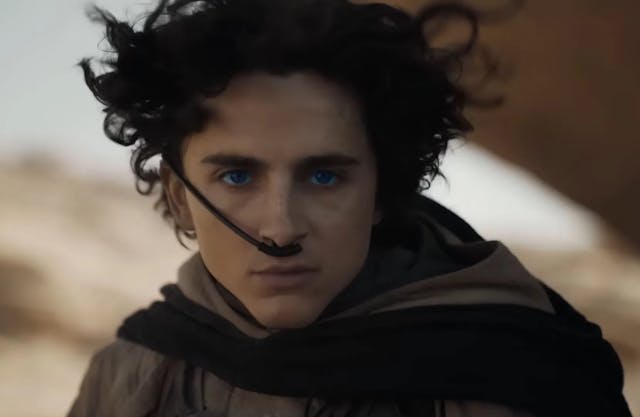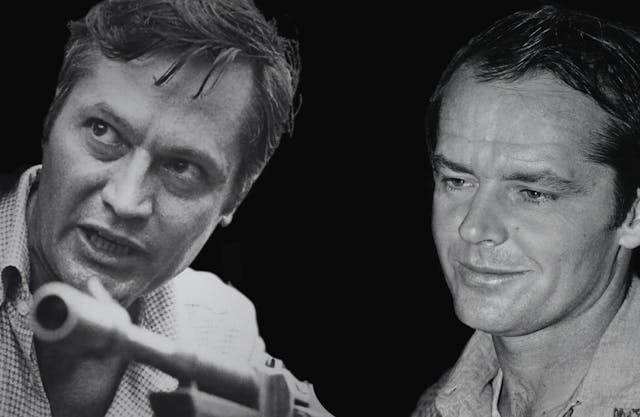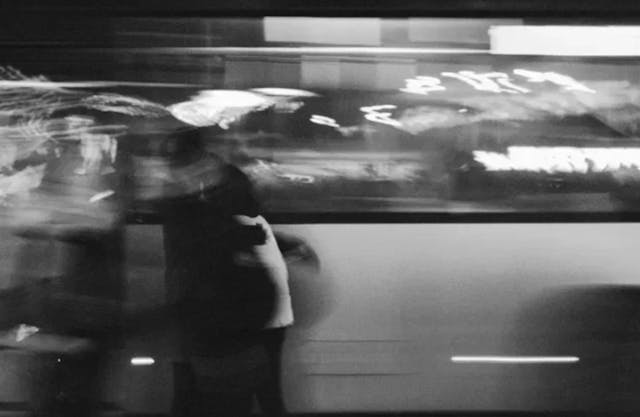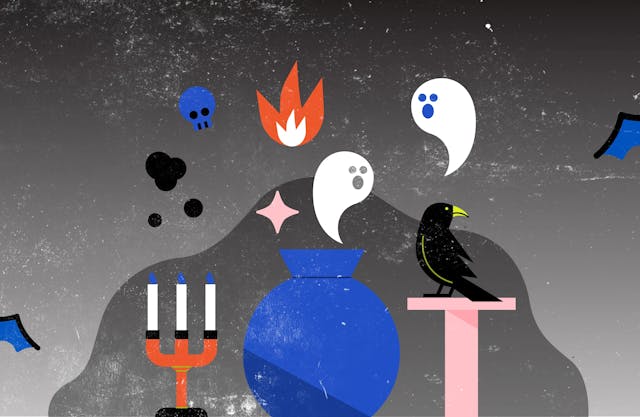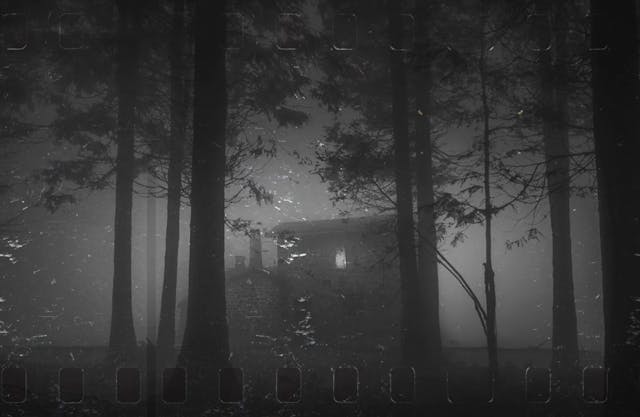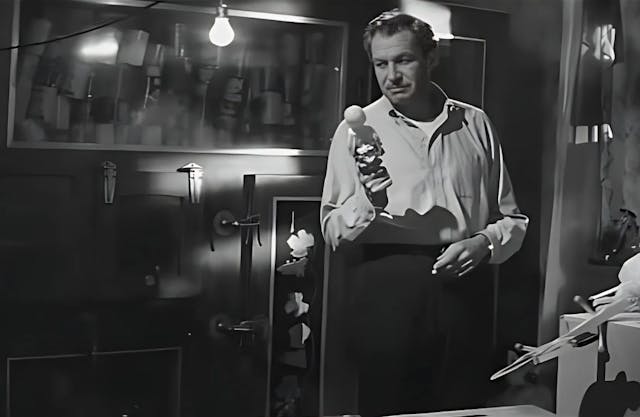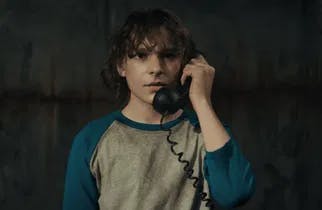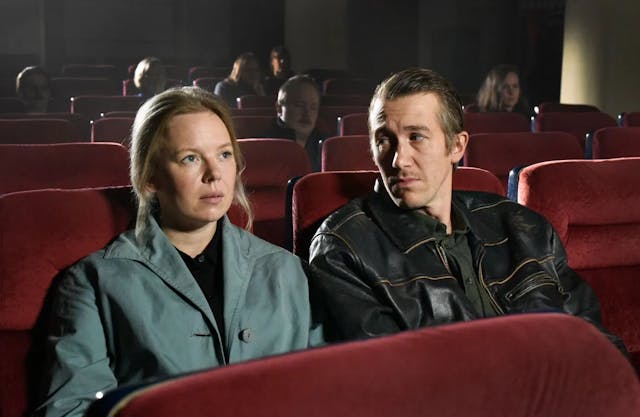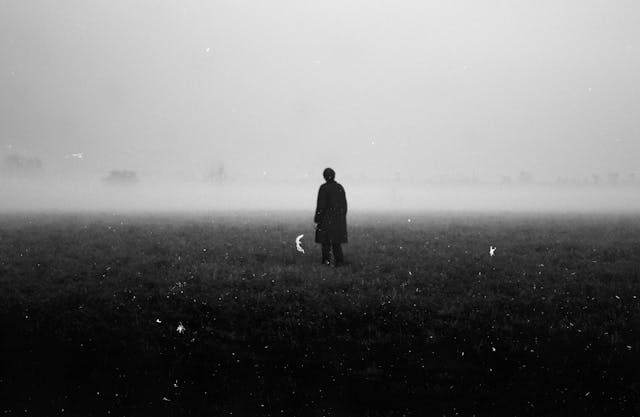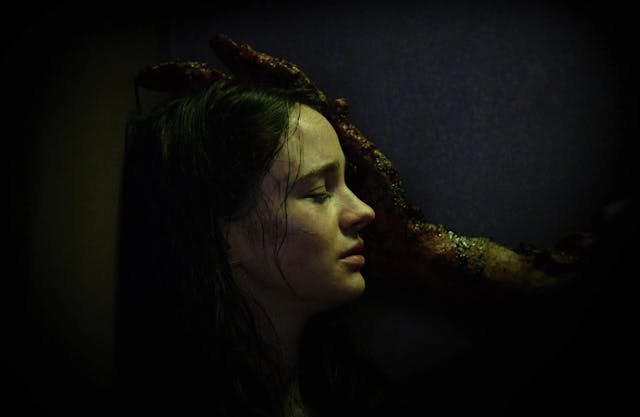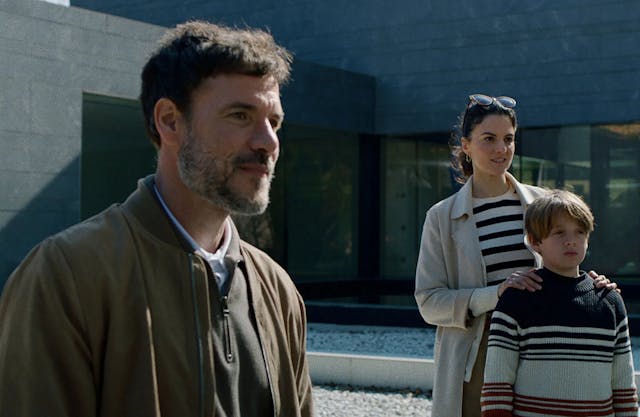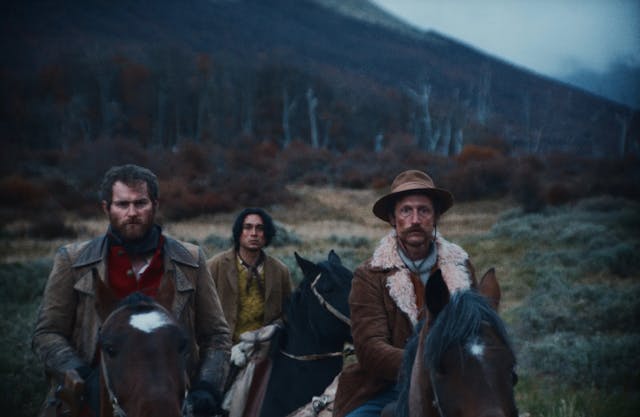"Nosferatu": Classic Horror Film Still Haunts Us After 100 Plus Years
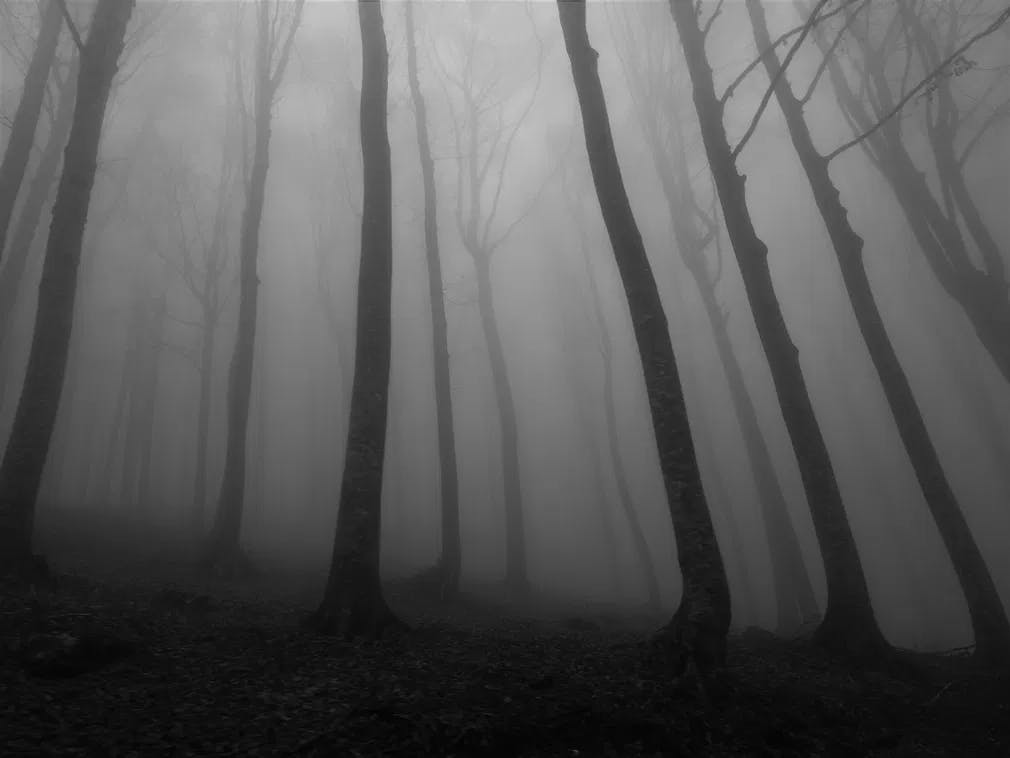
It’s hard for us to grasp the impact “Nosferatu” must have had on audiences when it was released in 1922. We can get some hints from notices that the movie was banned in some countries due to “excessive horror.” I guess they were not kidding when they qualified the movie as “A Symphony of Horrors”!
Such a concept may seem exaggerated to us. We are too well versed in the gory abandon of the most extreme modern exponents of the genre. Putting aside the creative and esthetic parameters of silent cinema, the movie can feel familiar to modern audiences due to its surprising connection with “Dracula,” the original novel by British author Bram Stoker, published in 1897. Stoker used the term “Nosferatu” as the folk Romanian word for “vampire.“ The movie is one of the best classic horror movies ever made. As far as old vampire movies go, this is ground zero.
The First, Great IP-Piracy Scandal of Cinema
Bram Stoker wrote “Dracula” as an epistolary novel. The narrative developed through letters written by the characters, fictitious news clippings, and “official” documents - think of it as the literary equivalent of “found footage” movies before such a thing existed. The book was well-received, but only over time gathered commercial success. The first known adaptation was a theatrical piece written by Stoker, which premiered shortly after the novel came out.
Twenty-five years later, in Germany, a group of creatives set out to film an adaptation of “Dracula” but failed to secure the rights of the intellectual property. Producers Enrico Dieckmann and Albin Grau, a purported expert in the occult, funded Prana Studios to make movies related to these subjects. “Nosferatu” would be their first - and unbeknown to them, last one. They commissioned a script from Henrik Galeen, and hired Friedrich Willem Murnau to helm the production. By then, Murnau was a well-established director in the German film industry.
The movie was a success, and as its fame crossed borders, word of it got to Stoker’s heirs - the author had died in 1912. Courts decided in favor of Stoker’s widow, and it’s easy to see why. The Germans changed names and discarded a few characters, but the plot and story beats are the same. Dieckmann and Grau agreed to destroy all the existing copies. We were very close to missing this horror classic to the fire, but enough copies were in circulation so that neither the owners nor the law could track them all down.
Murnau survived and thrived. He kept working in Germany for years, adding another classic to his filmography with "The Last Laugh" (1924). After "Faust" (1926), he ventured into Hollywood and planted his flag with the legendary "Sunrise" (1927), one of the last great silent movies of the era. The movie won three Oscars, including Best Picture. Incredibly, the Academy failed to nominate Murnau for Best Director.
Opening The Vampire's Coffin
By now, the bloodsucking aristocrat is a staple of popular culture, completing various cycles of reinvention, going from reverential representation to satire, from Bela Lugosi's legendary performance in the 1931 Hollywood film to Al Lewis's vampiric Grandpa in the TV comedy series "The Munsters" (1964 - 1966), passing through Sesame Street's resident Math expert Count Von Count. Even with such overexposure, the nightmarish qualities of Murnau's vision come through, undiminished by time and the changes in filmmaking technology.
Young esquire Hutter (Gustav von Wangenheim) travels to Transylvania to settle the purchase of a property by a mysterious aristocrat. He leaves his adoring wife, Ellen (Greta Schroeder), under the care of his close friends Harding (Georg H. Schnell) and Ruth (Ruth Langhoff) and sets out to comply with his boss’s instruction. Mr. Knock (Alexander Granach) awaits a nifty profit, while Ellen frets, besieged by dark premonitions. Hutter arrives at an inn where the locals react horrified when he tells them he is going to Count Orlock’s castle. No word of warning is uttered, but someone slips into his bed a book on the lore of vampires. A carriage will only take him so far, but the count sends his own to pick him up. And we can tell Orlock (Max Schrek) is the one driving.
"Nosferatu" occupies a significant place in cinema history and has influenced independent filmmakers to this day, showcasing its enduring legacy. Watch this horror classic with a free account on Popflick.
You know what's coming if you have seen any incarnation of "Dracula." At least plot-wise. You get an extended sequence on the ship that carries the vampire to Weisborg. In "Dracula" (1931), the event is barely hinted at with a few shots. This year, a full movie fleshed out the horror of the trip with "The Last Voyage of the Demeter" (André Overdal, 2023).
Luckily, the nightmarish pleasures “Nosferatu” brings are intact, a little over 100 years after hitting the light of the project for the first time. Murnau works within the movement of German Expressionism, which eschewed realism and embraced an artificial, malleable interpretation of the world. The aim was to make the physical world mirror the inner torments of the characters. “Nosferatu” follows the line but makes extensive and surprising use of actual locations instead of relying exclusively on studio makeshift magic. You can even do a sightseeing tour of some areas and find the landscape intact, even a century after the movie’s production.
Orlock’s striking appearance contrasts sharply with the dapper look Bela Lugosi would set as a standard for “Dracula” in the 1931 Hollywood adaptation. Instead of elegance, the characterization of Schrek goes for a feral quality in a proud, open display. This bloodsucker is not trying to pass for a gentleman, ever. Instead of protracted fangs that extend only when bloodlust hits, he has two long incisors that grow out of the mouth like needles, the best to sink them in the neck of his victims and make them think afterward mosquitos attacked them. Such is the belief Hutter shares in a letter with Ellen. When her husband falls under the spell of the vampire miles away, she also falls into a trance, much to the distress of his friends. In the meantime, Knock seems possessed by Orlock and is locked in an asylum as a madman.
The audience deducts the scope of his powers like the characters do, confronting them as bewildering events you can’t quite make sense of. The ghostly visuals create a still effective, nightmarish mood. Orlock appears and disappears as a ghost. He loads a carriage with coffins filled with the cursed earth of his state, with the editor cutting away consecutive frames. The effect imbues the character with supernatural strength. Orlow will need the soil once he moves to Hatter’s hometown, Weisburg. After seeing a picture of Ellen and complimenting her neck, the move acquires a sense of urgency.
Capitalizing the Fear Of The Other
History and film scholars identify a streak of antisemitism in the movie, connecting some of Orlock’s features with the vile, cartoonish depiction of Jewish people common in German media of the times. Nazism was on the rise by then, but it might be simply a case of chance.
If you open the scope of the identity policies of “Nosferatu,” you could make a case for plain old xenophobia. Orlock is an evil invader, setting out to kill, maim, and have his way with virtuous local women. He is also carrying disease with him. The ship workers break one of his coffins and find rats amid the soil. Once Orlok unleashes his reign of terror, authorities send people into lockdown, alerting them of the plague. It is suggested that the vampire causes the deaths, but the relationship between the character and the epidemic is established.
The Evil That Will Not Die
Orlock may fall prey to sunlight at the end of “Nosferatu” - 100 years old, spoiler alert! - but its spirit is quite resilient. Every vampire movie is in debt with “Nosferatu,” some take that to extremes. With “Nosferatu The Vampire” (1979), Werner Herzog served a straightforward remake in full color, taking some elements of “Dracula” discarded in the first incarnation, like the names of the characters. E. Elias Merhige, a filmmaker better known for the experimental film “Begotten” (1989), entered the mainstream with “Shadow of the Vampire” (2000). The dark comedy goes behind the scenes of “Nosferatu, toying with the idea that Shreck (played in an Oscar-nominated role by Willem Dafoe, may have taken his commitment to the role too far. John Malkovich plays the beleaguered Murnau.
A high-profile remake is coming, courtesy of Robert Eggers. He made his name with the colonial horror of “The Witch” (2015), the nightmarish exploration of masculinity of “The Lighthouse” (2019), and the historically accurate Viking saga of “The Northman” (2022). Now, he is tackling a new version of “Nosferatu.” The characters’ names are identical to the original Murnau film, which hints at a faithful remake. Dafoe is cast as Professor Albin Eberhart Von Franz in a playful wink to previous incarnations. Bill Skarsgård will play Orlok, Nicholas Hoult is Hutter, and Lily-Rose Depp his wife, Ellen. It is one of the most eagerly awaited movies of 2024.
Want to get an email when we publish new content?
Subscribe today
